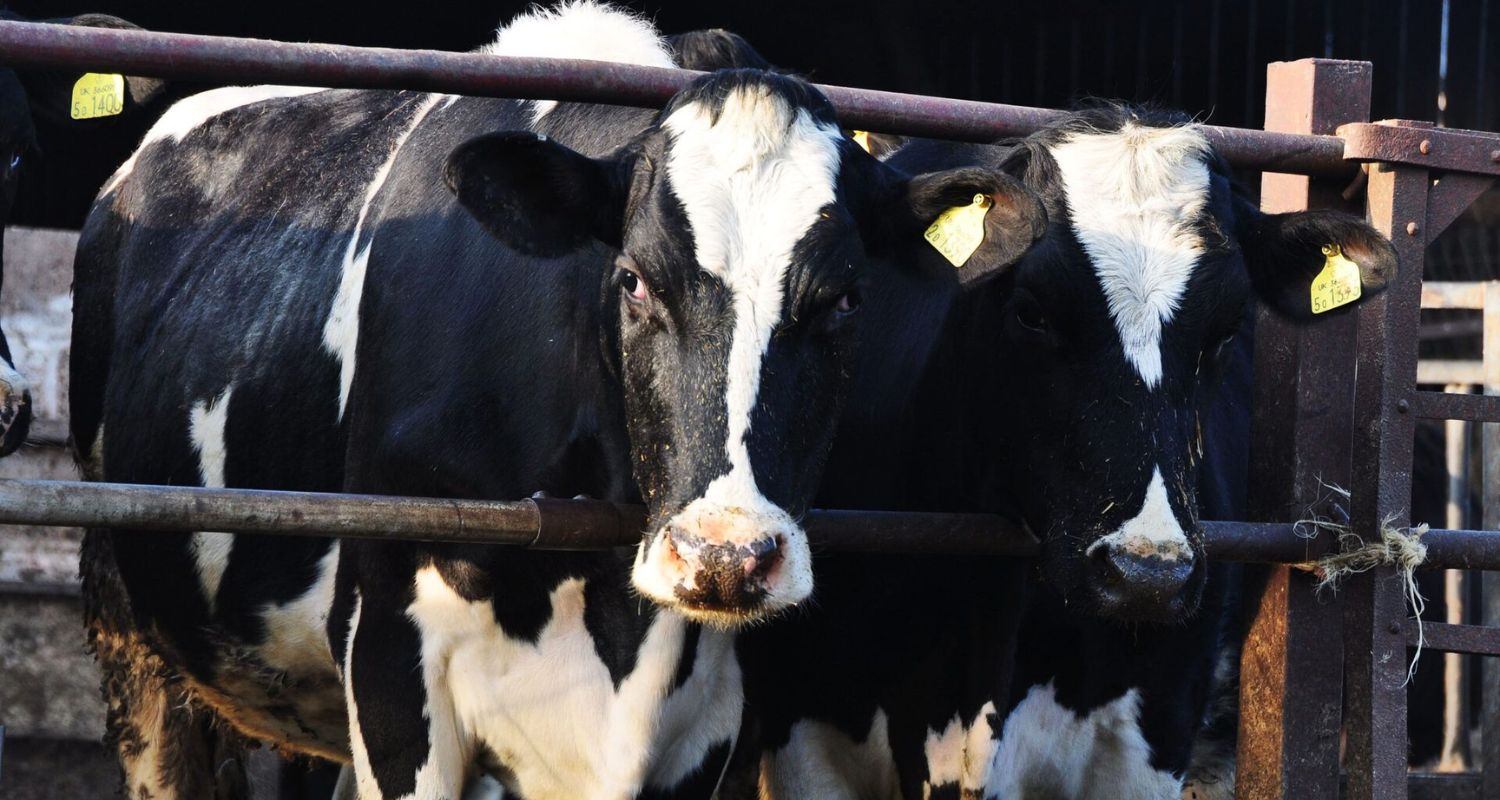Scientists have discovered that widely used flu antivirals may be ineffective against the H5N1 avian influenza virus found in cows' milk. As the H5N1 bird flu outbreak persists in the United States, researchers are assessing the virus's potential impact on human health.
The virus has been detected in dairy cows' milk and has already infected farm workers, prompting scientists at St. Jude Children's Research Hospital to explore treatment options.
Their findings indicate that two FDA-approved flu antivirals were generally unsuccessful in treating severe H5N1 infections in a preclinical model.
Additionally, the study revealed that the route of infection—whether through the eye, nose, or mouth—significantly affects a treatment's efficacy.

The results were published in Nature Microbiology, emphasising the challenges of treating severe cases of this bovine H5N1 strain. According to corresponding author Richard Webby, PhD, from the St. Jude Department of Host-Microbe Interactions, treating severe infections caused by this strain will likely be difficult.
Instead, preventative measures such as avoiding raw milk consumption and limiting exposure for dairy farm workers may be the most effective strategies.
Although human H5N1 infections are relatively rare, more than 60 individuals have contracted the virus from dairy-related exposure during the current outbreak.
Also Read: Understanding the workplace gossip paradox
Some cases resulted from contact with contaminated raw cows' milk, where dairy workers were infected via splashes or aerosolised particles reaching their eyes or noses. Given the risks, scientists tested antiviral effectiveness using a mouse model, assessing how different exposure routes impacted treatment outcomes.
The study found that baloxavir (Xofluza) generally reduced viral levels more effectively than oseltamivir (Tamiflu), but neither drug consistently succeeded.
The research examined exposure pathways including the eye, mouth, and nose—the most common routes of infection. Oral exposure, mimicking the ingestion of raw infected cow's milk, resulted in the most severe infections, proving the hardest to treat.
Conversely, baloxavir demonstrated better control of infections acquired through the eye, which is particularly significant as ocular exposure appears to be a primary infection route for dairy workers in direct contact with cows.
These findings highlight the need for enhanced preventive strategies to protect against the bovine H5N1 bird flu strain. As existing antiviral treatments may not be sufficient, limiting exposure and ensuring proper safety measures in dairy environments remain the most viable solutions.
Also Read: High waist-to-hip ratio may slow brain health later: Study


